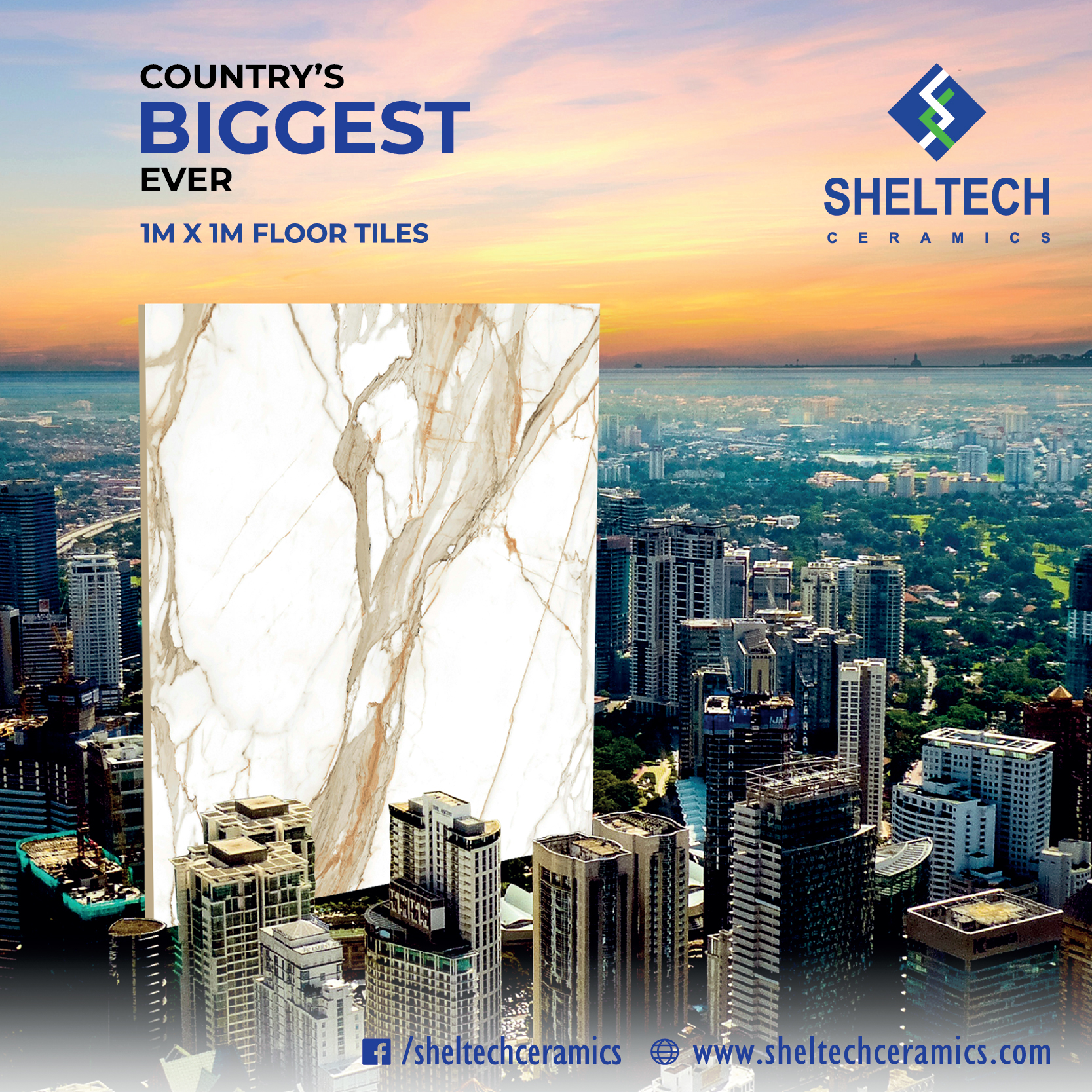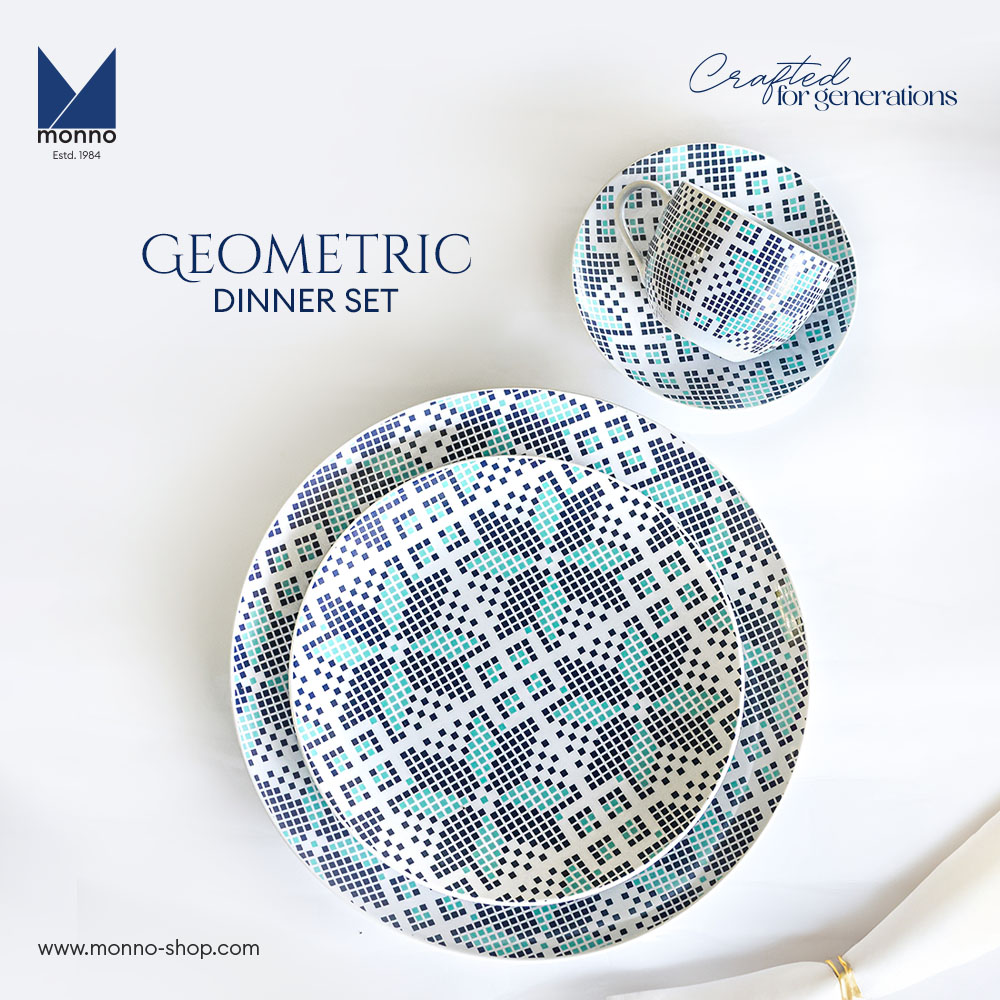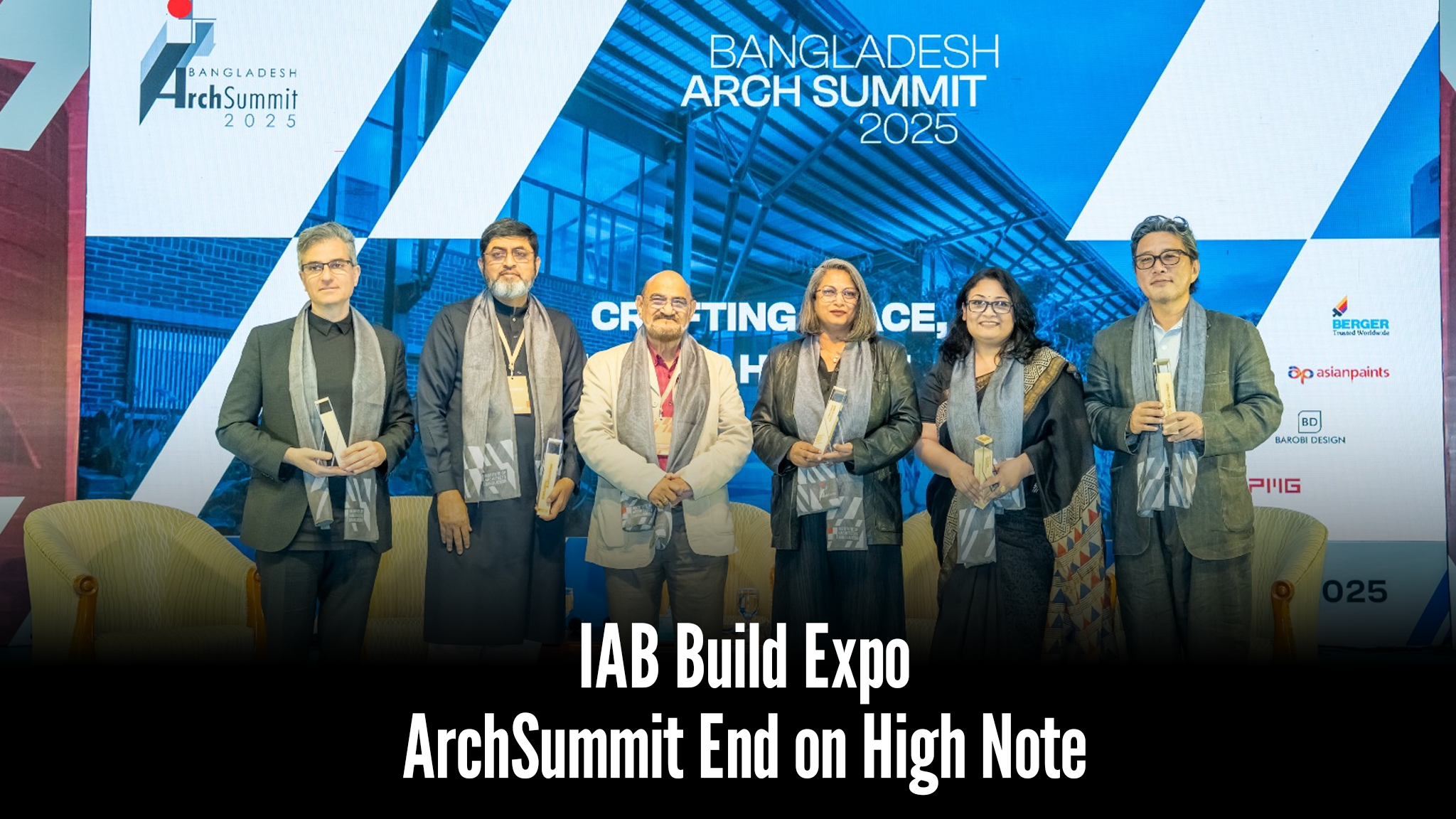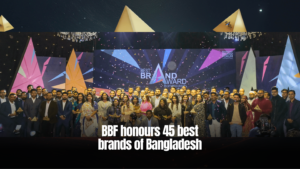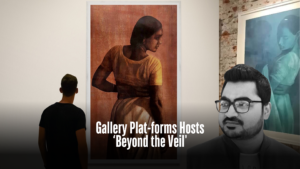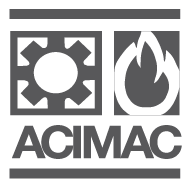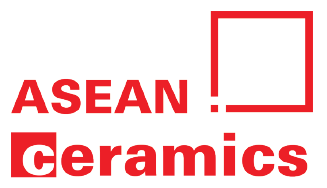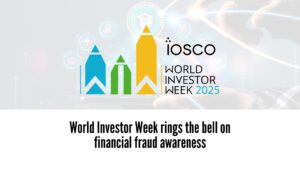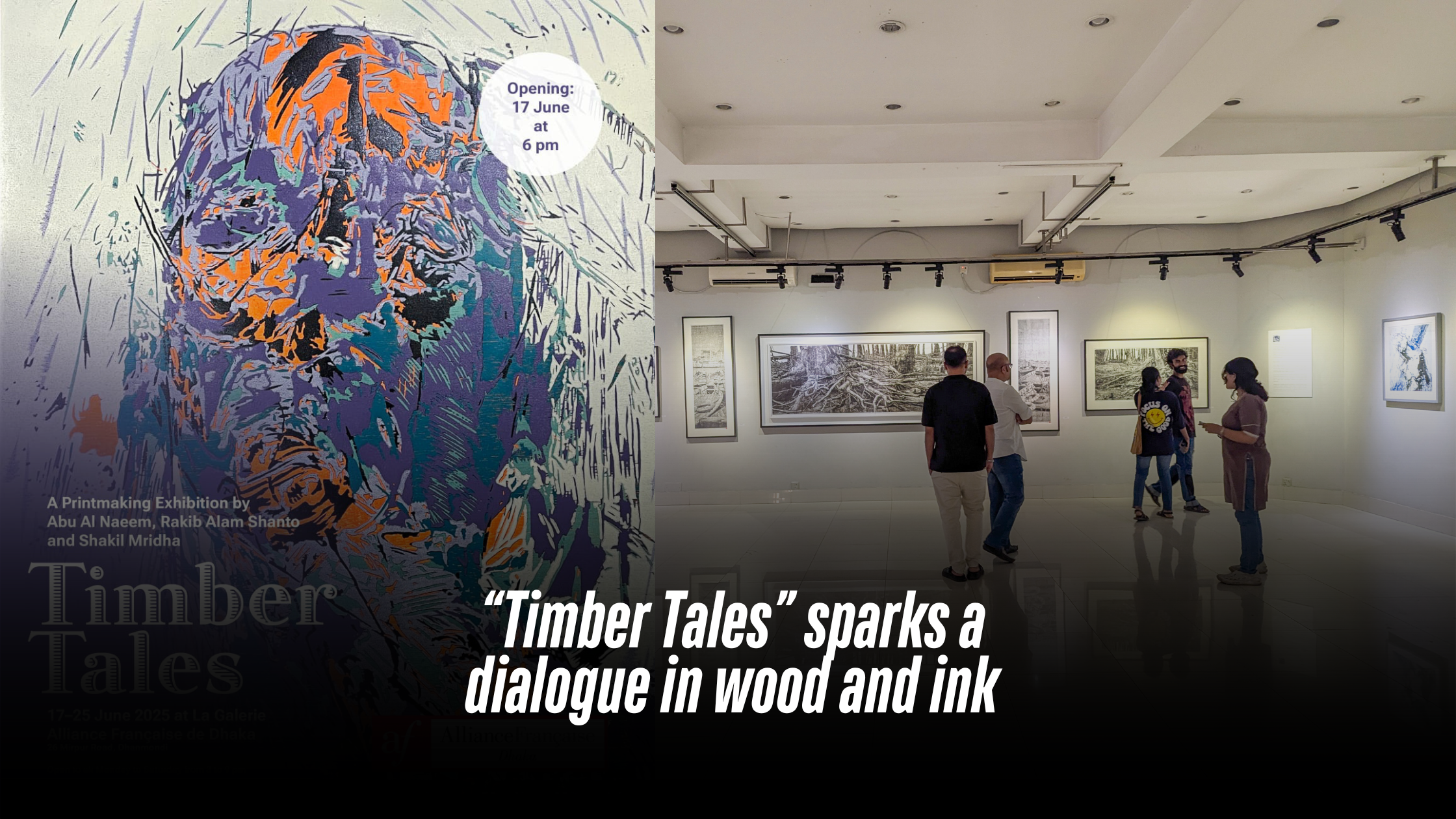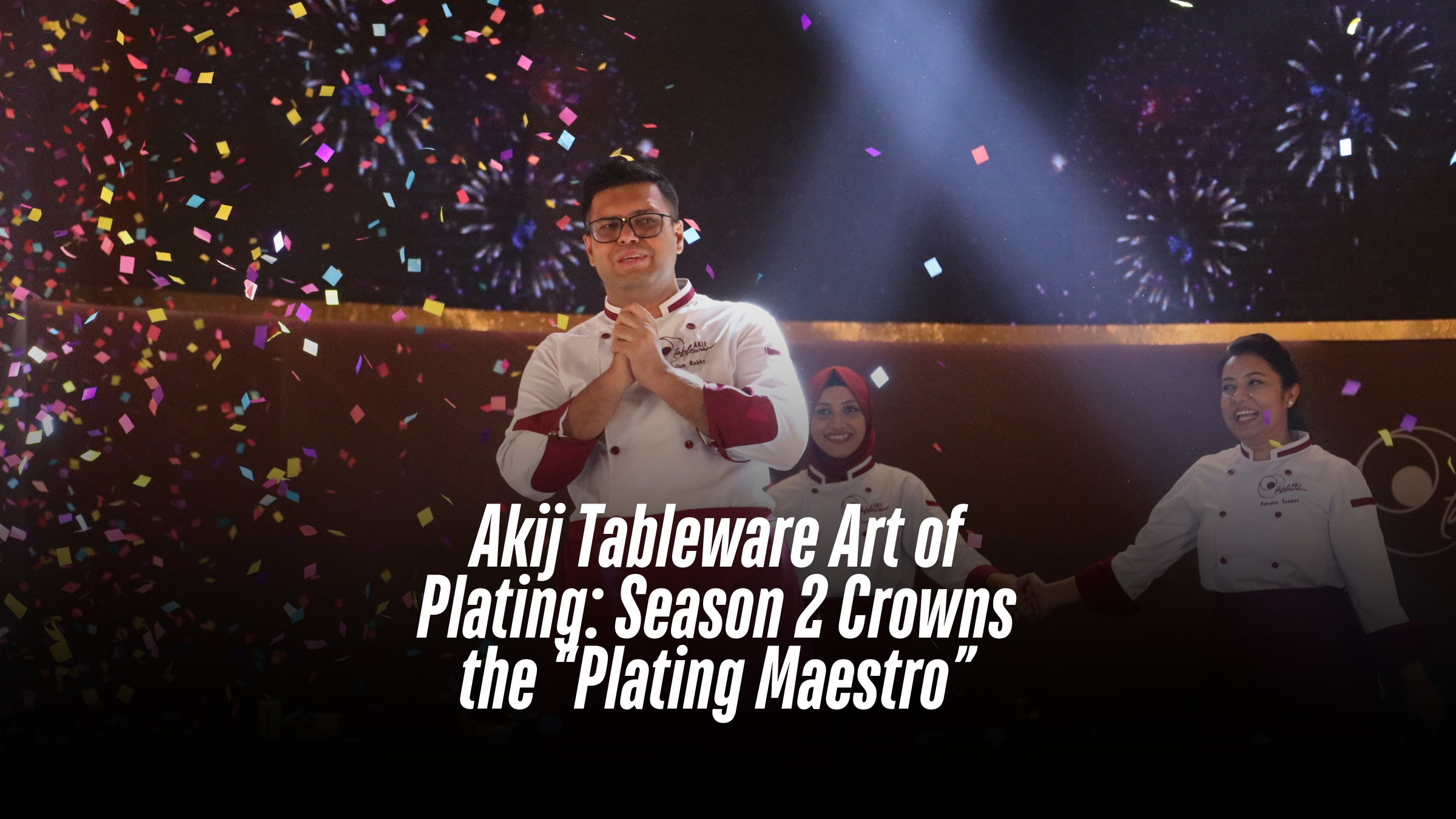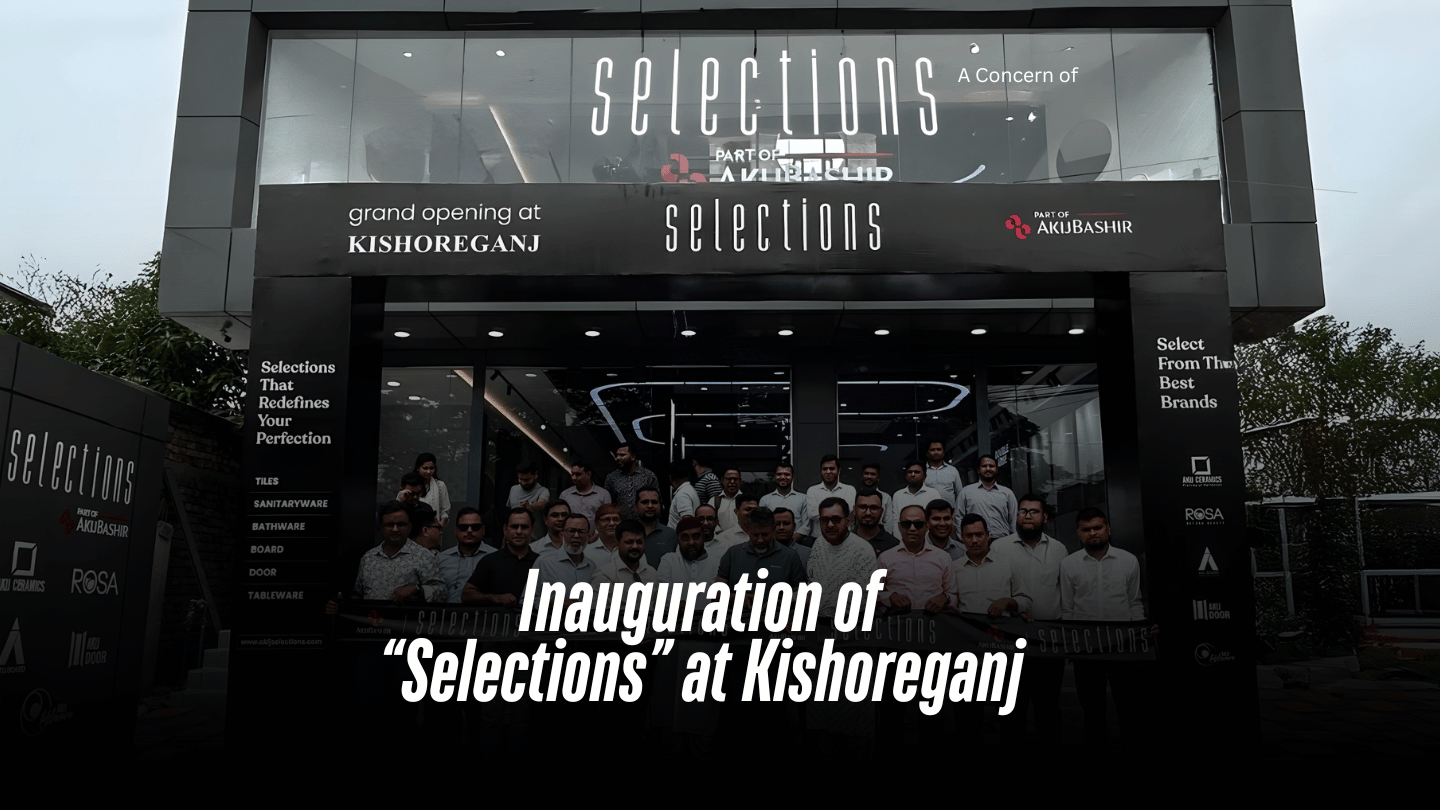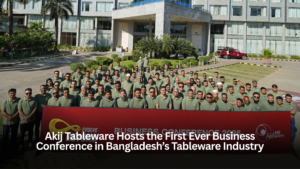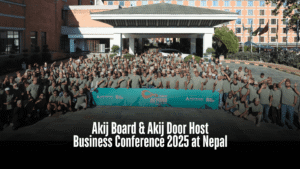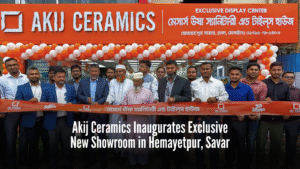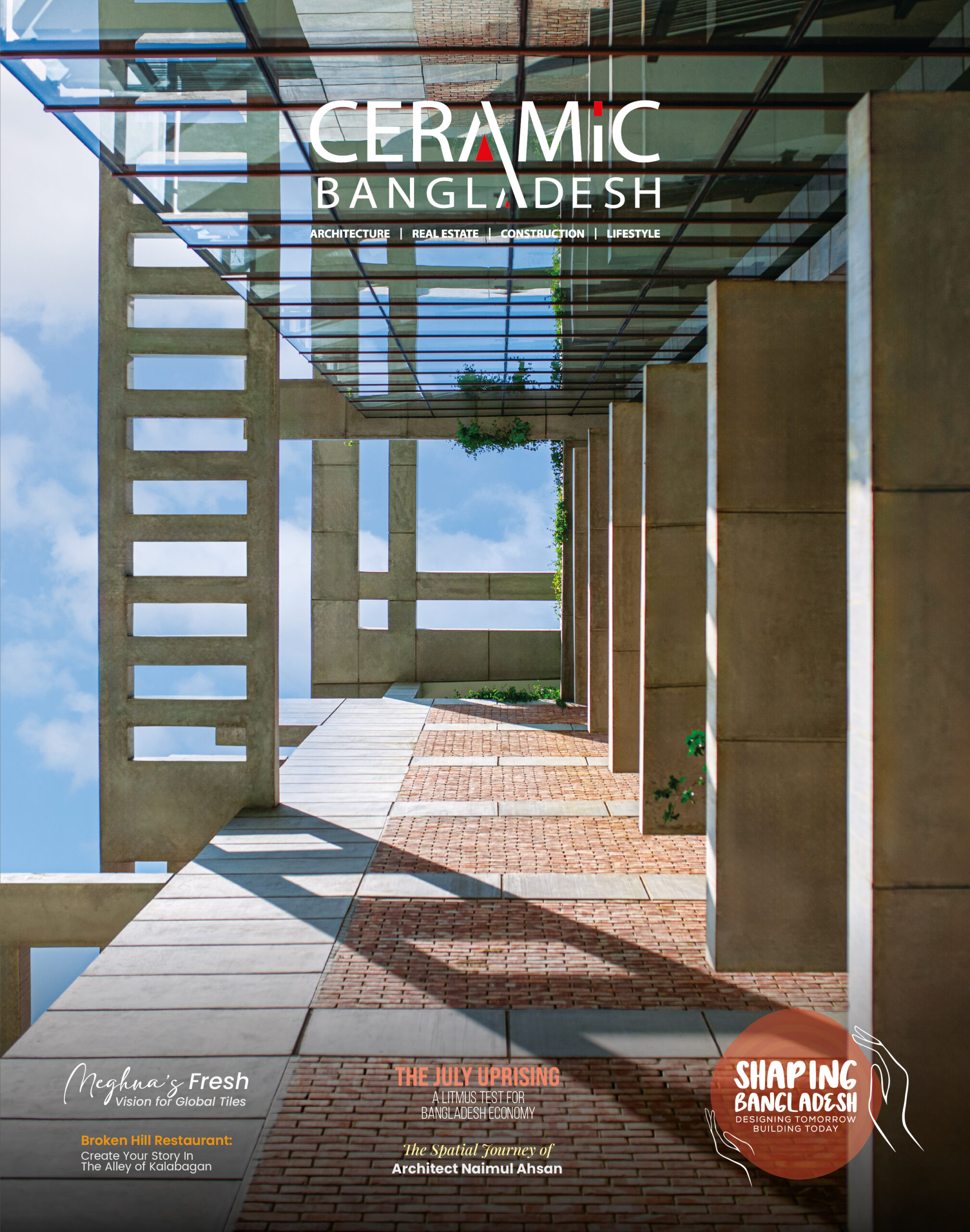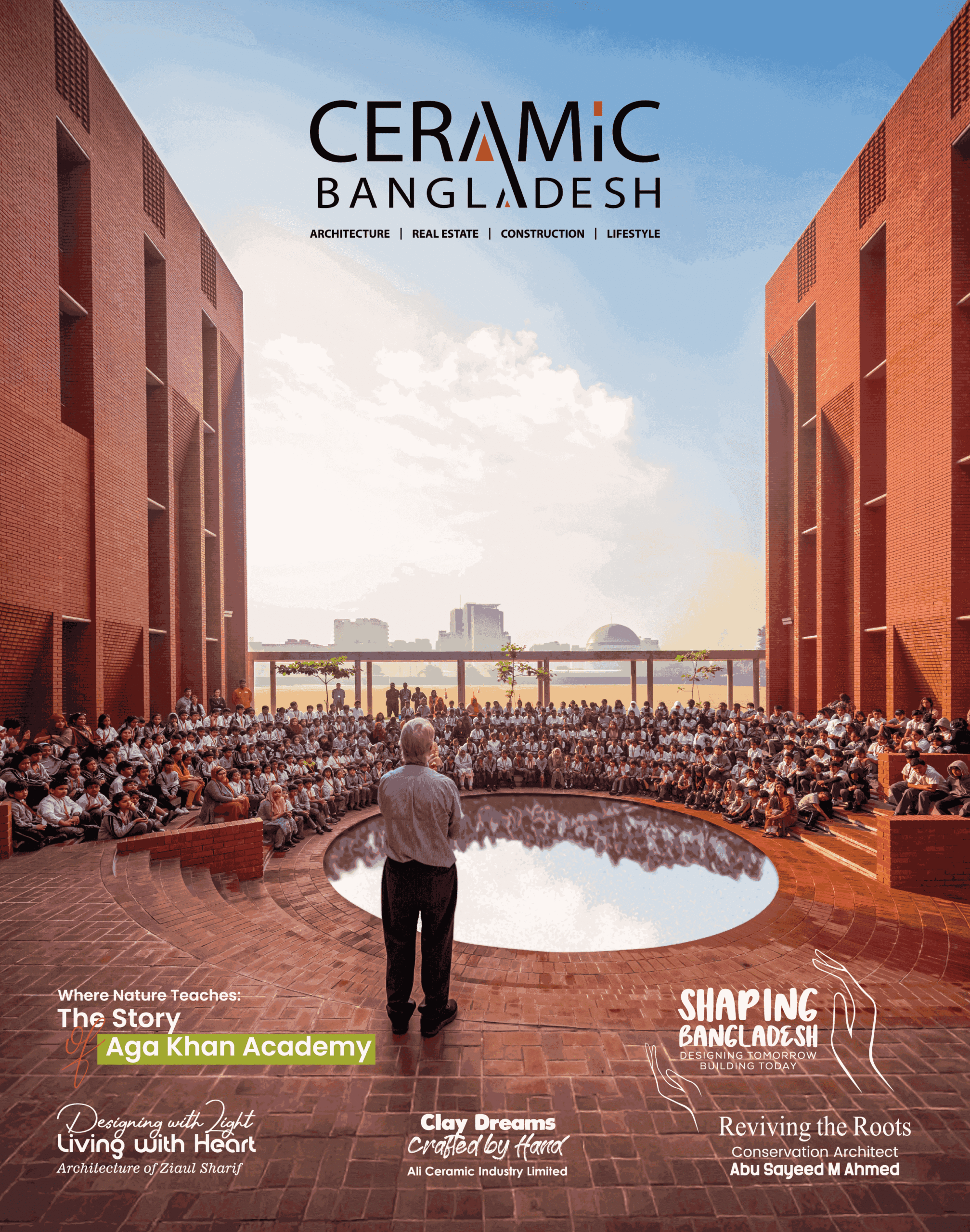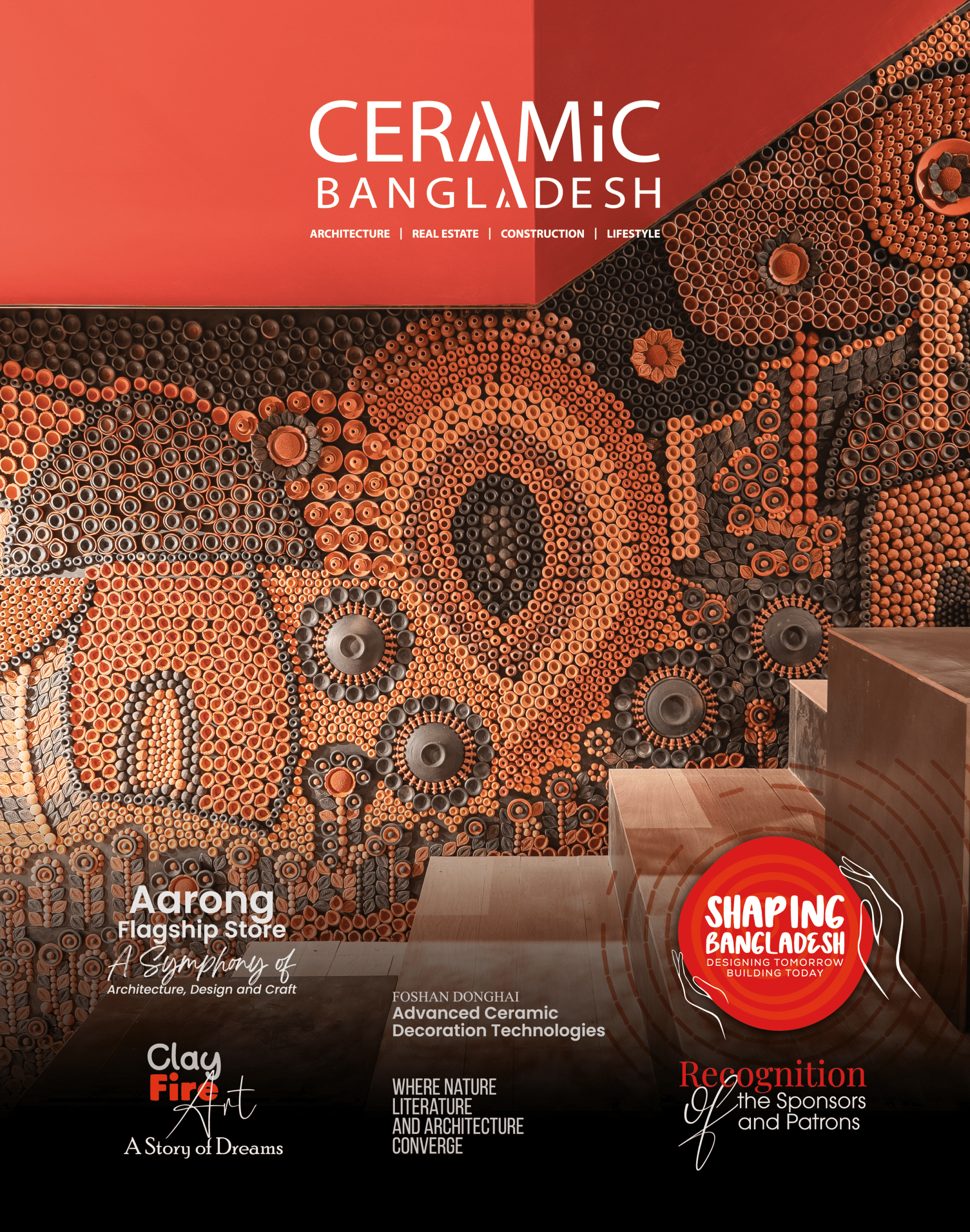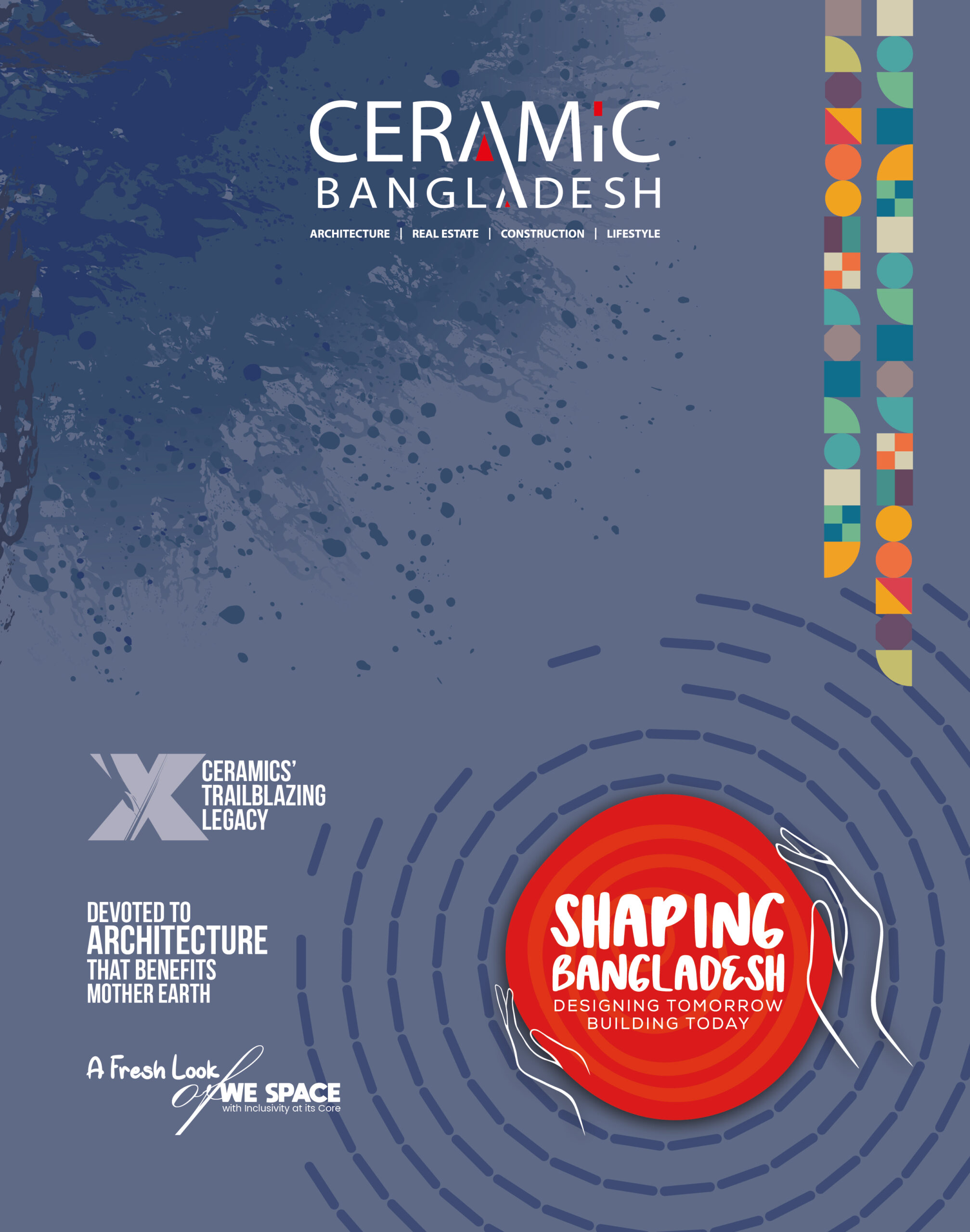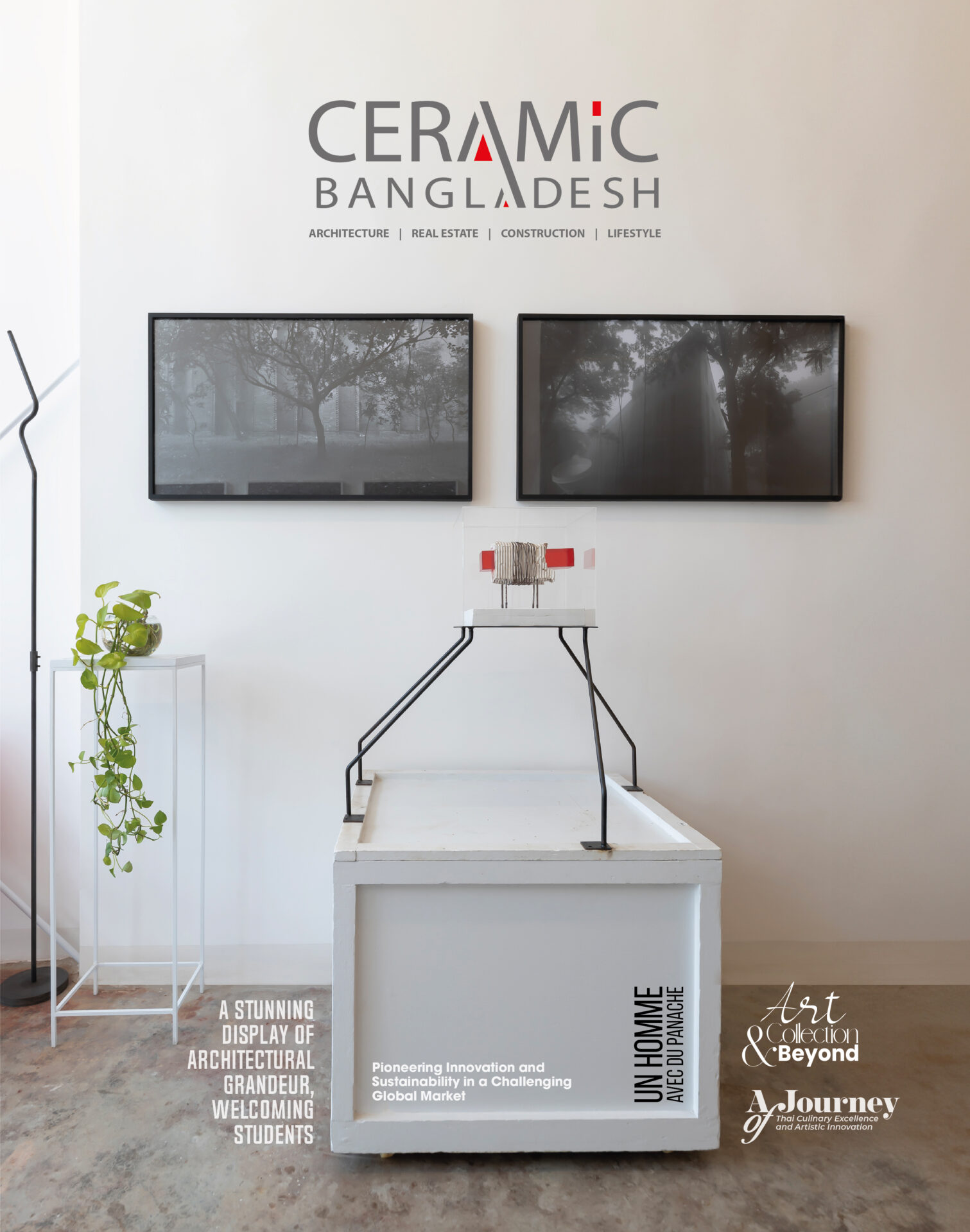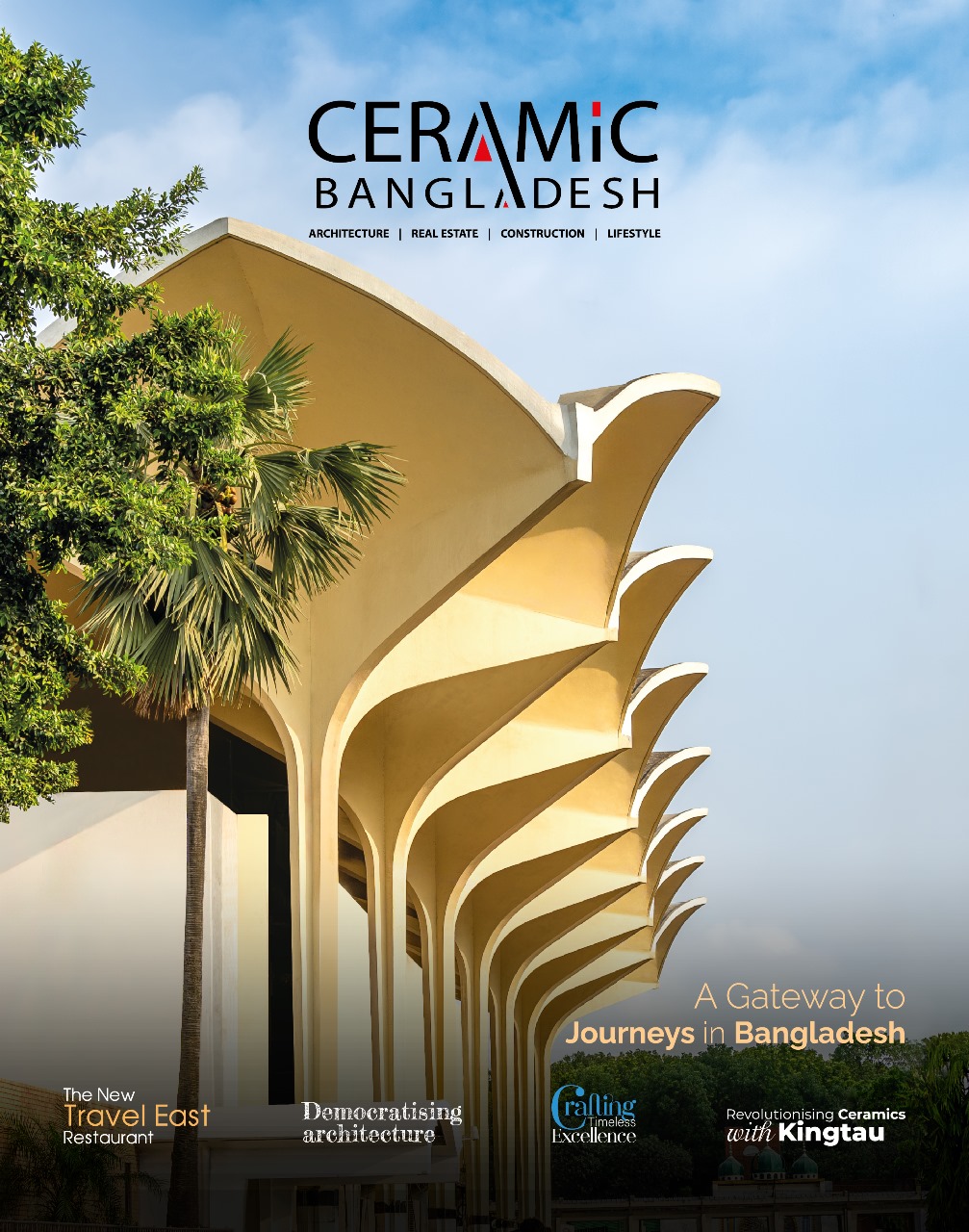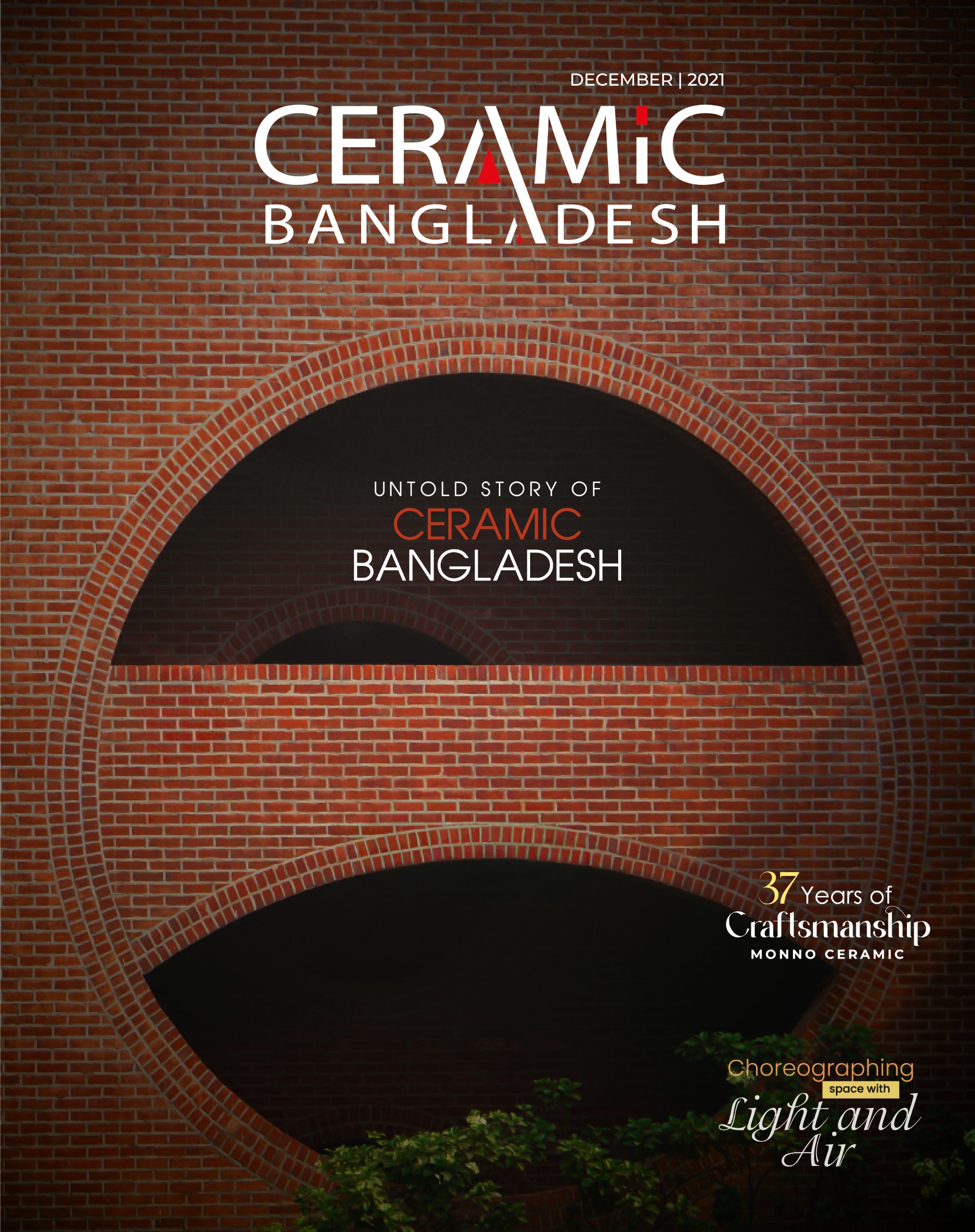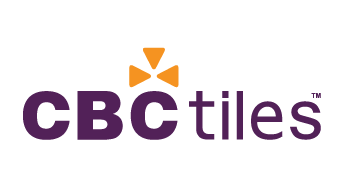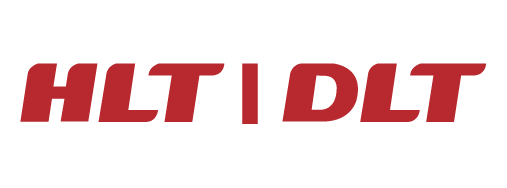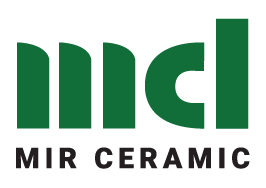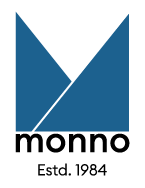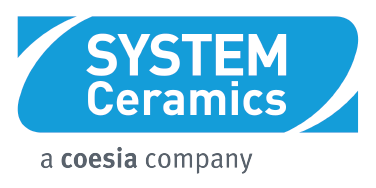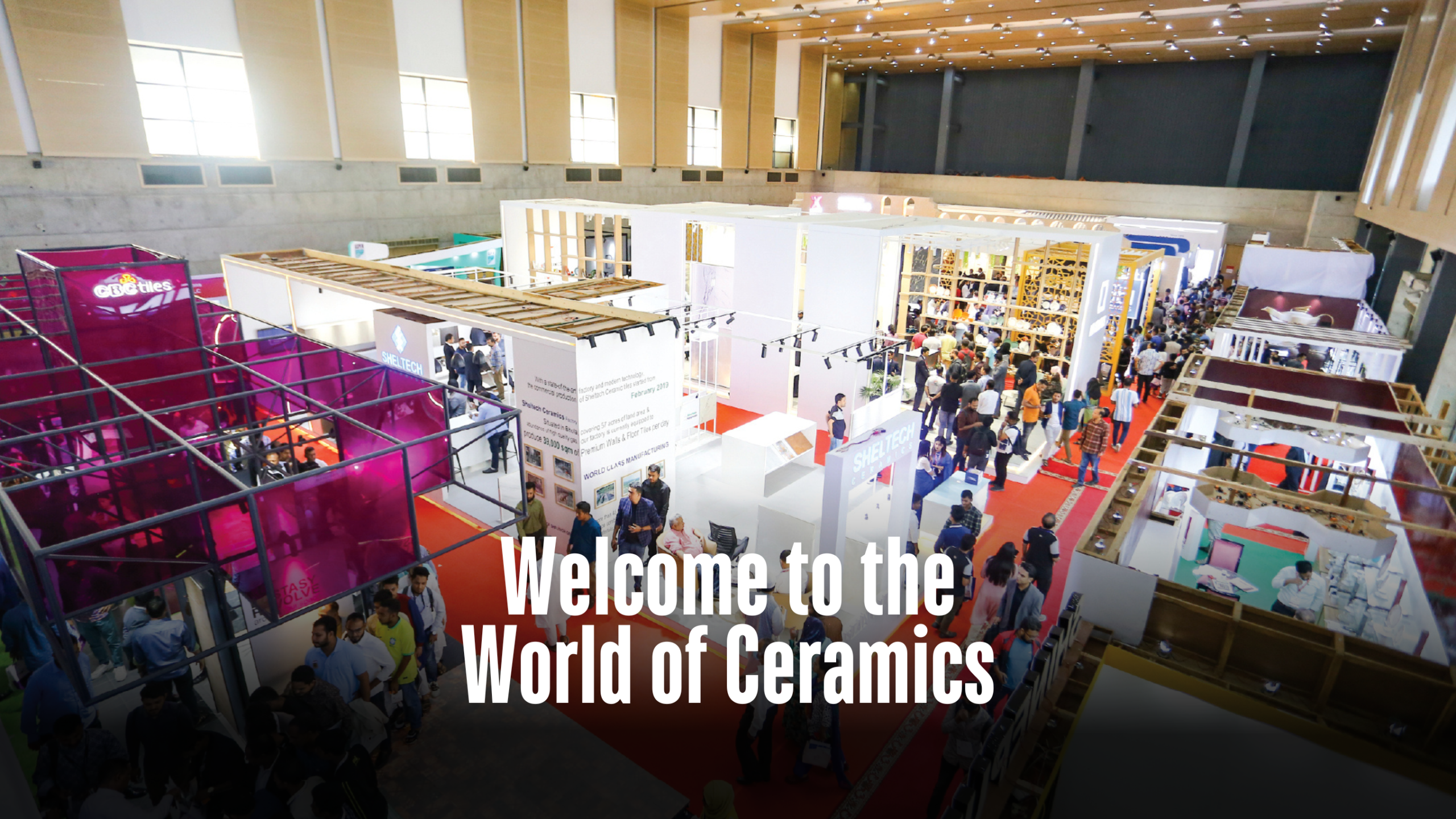
Welcome to the World of Ceramics
Once a quiet corner of the industrial map, Bangladesh’s ceramic sector has sculpted its way into the spotlight. Over the past decade, the industry has witnessed an extraordinary 150 percent surge in both production and investment, transforming it from a modest manufacturing niche into a vibrant engine of growth. It’s a milestone that marks the rise of a sector now central to the country’s architectural identity. That journey now enters a new chapter with the return of Ceramic Expo Bangladesh 2025, the flagship event of the Bangladesh Ceramic Manufacturers and Exporters Association (BCMEA). From November 27 to 30, the International Convention City Bashundhara (ICCB) in Dhaka will transform its Pushpanjali – Hall 5 into a showcase of ceramic excellence—bringing together over 136 exhibitors, 300 brands, and more than 25,000 visitors under one roof, with the support of the Export Promotion Bureau (EPB), Techna, ASEAN Ceramics, Keramika Indonesia, and Ceramic China. Now in its fourth edition, the expo has grown into one of South Asia’s most influential B2B platforms, drawing over 500 foreign delegates and participants from 25 countries. “This is Bangladesh’s only international exhibition dedicated to ceramics,” said Irfan Uddin, general secretary of BCMEA and chairman of Ceramic Expo Bangladesh. “With 31 local manufacturers and 105 global exhibitors, the expo creates unmatched opportunities for partnership, investment, and growth.” From raw materials to robotics, from sustainable kilns to smart design, the expo promises a panoramic view of what’s next in ceramic innovation. GLOBAL AND LOCAL EXHIBITORS The 2025 edition of the ceramic expo has a long list of local and foreign exhibitors. Every local ceramic company will join the show, along with international participants—most of which are raw material, machinery, or tech suppliers. Every participant of the expo has high hopes for Bangladesh’s ceramic industry. Kutubuddin Ahmed, chairman of Sheltech Ceramics Ltd, said the ceramic industry in Bangladesh is entering a new era driven by talent, quality, and a growing domestic market. “Ceramic Expo Bangladesh 2025 is the perfect platform to experience this progress.” Leading Chinese company Foshan HLT & DLT Technology Co. Ltd also believes ceramics have every potential to be the next big export earner for Bangladesh, said Marco Guan, deputy managing director of HLT & DLT and chairman of DLT, a supplier of engineering design, machinery, and technical know-how. Sacmi Imola S.C. (SALA), a global ceramic technology leader, sees Bangladesh’s strong entrepreneurial spirit and technical expertise as key to becoming a global hub. Despite challenges like energy costs, infrastructure gaps, and banking inefficiencies, local ceramic companies show resilience, long-term vision, and a focus on quality over price wars, the company said. SPONSORS Leading local ceramic company Sheltech Ceramics Ltd is the principal sponsor of this year’s Ceramic Expo, while there are three platinum sponsors: DBL Ceramics Ltd, Akij Ceramics Ltd, and Meghna Ceramic Ind. Ltd. The 2025 edition has four gold sponsors: Mir Ceramic Ind. Ltd and Abul Khair Ceramic Ind. Ltd from the local market, and Sacmi Imola S.C. (SALA) and Foshan HLT & DLT Technology Co., Ltd. from the foreign market. FOUR DAYS OF CERAMIC ACTIVITY “At Ceramic Expo Bangladesh 2025, local technicians will directly engage with global exhibitors to find real-time solutions,” said Moynul Islam, president of BCMEA. “It’s the world’s only trade fair uniting both Chinese and European ceramic giants under one roof.” Dealers’ Night One of the standout moments at Ceramic Expo Bangladesh 2025 will be the Dealers’ Night, a grand gathering designed to celebrate the people who carry the industry’s story to every corner of the country. More than just a networking event, Dealers’ Night will serve as a recognition of the sales leaders, distributors, and retail partners who bridge the gap between manufacturers and consumers. The evening will bring together over 200 dealers, sales professionals, and more than 20 industry leaders from across Bangladesh, creating a vibrant forum for exchange, collaboration, and celebration. It is here that the industry’s “deal-breakers” will share experiences, discuss market trends, and explore strategies to expand the reach of Bangladeshi ceramics both locally and globally. The BCMEA is organising the event with a clear vision: to honour the dealers and salespersons as the torchbearers of the ceramic industry. Their role is not limited to transactions; they are the storytellers who translate innovation into demand, and the ambassadors who ensure that Bangladesh-made ceramics find their way into homes, offices, and institutions. Seminars Every day at Ceramic Expo Bangladesh 2025 won’t just be about booths and business cards—it’ll be buzzing with ideas. Alongside the packed exhibition halls, multiple seminars will dive into the real issues shaping the future of Bangladesh’s ceramic industry. With over 70 manufacturers investing nearly $2 billion and more than 60,000 people directly involved, these conversations matter. From energy costs to export hurdles, topics that often go unheard will finally take center stage—thanks to open discussions between industry leaders, policymakers, and professionals. The seminars are: Energy Efficiency Strategies for Industry in Bangladesh: Challenges and Opportunities This seminar will explore how Bangladesh’s ceramic industry can adopt renewable energy, improve efficiency, and reduce costs. Experts will highlight practical solutions, policy frameworks, and global best practices to ensure sustainable growth amid rising energy challenges. Skills Development for Sustainable Growth in Industry Focused on workforce transformation, this session will examine training, technical education, and innovation-driven skill sets. Industry leaders and policymakers will discuss how nurturing talent can strengthen competitiveness, empower youth, and secure long-term sustainability for Bangladesh’s ceramic sector. Global Market Strategies: Challenges and Opportunities for Ceramic Products This seminar will analyze export diversification, branding, and competitiveness in international markets. Discussions will address trade barriers, logistics, and evolving consumer preferences, while showcasing strategies to position Bangladeshi ceramics as a global leader in quality and innovation. B2B / B2C Meetings The fair will offer ample space for B2B and B2C meetings, enabling local and global




